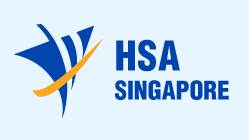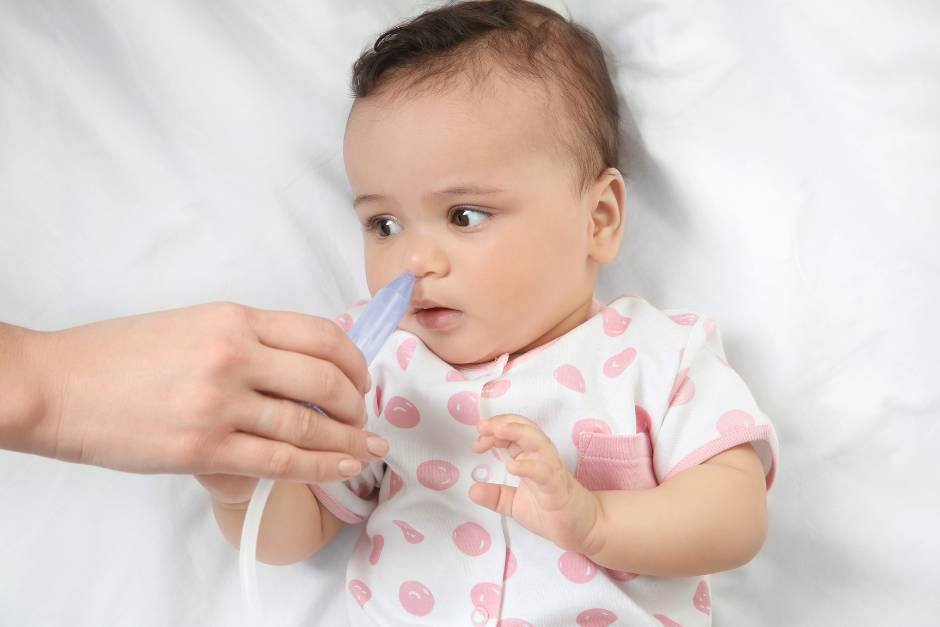The new article provides an overview of the medical device registration process in general. Also, it describes in detail the approach to be followed for registration of Class A and B products.

Table of content
The Health Sciences Authority (HSA), Singapore’s regulatory agency in healthcare products, has published an updated guidance document dedicated to registration of medical devices.
The document describes in detail the applicable regulatory requirements.
Also, it provides additional clarifications and recommendations to be considered by medical device manufacturers and other parties involved to ensure compliance with it.
At the same time, provisions of the guidance are non-binding in their legal nature, nor they are intended to introduce new rules or impose new obligations.
The authority also reserves the right to change the guidance and recommendations provided therein, should such changes be reasonably necessary to reflect corresponding amendments to the underlying legislation.
Overview of Regulatory Controls
According to the guidance, the authority implements risk-adjusted regulatory controls, ensuring that all medical devices meet stringent safety and efficacy standards.
As mentioned before, unless specifically exempted, every medical device must undergo registration with the HSA to be allowed for marketing and use in the country.
The document further describes the regulatory requirements to be applied depending on the class of a medical device under the respective risk-based classification.

333.
Class A Medical Devices: Exemptions
In particular, the document describes the regulatory requirements for Class A medical devices. Due to its relatively low risks, such products could be placed on the market under a simplified procedure.
- Registration Exemption and Regulatory Compliance While Class A medical devices are exempt from the registration requirement, they must still adhere to the Essential Principles for Safety and Performance as outlined in the Regulations.
This exemption introduces a regulatory strategy that balances oversight with operational efficiency, facilitating the placement of lower-risk devices in the market.
At the same time, the authority additionally emphasizes that the obligations under Part VIII of the Act, covering the entire lifecycle of these devices from manufacture to advertisement remain enforceable.
2. Guidance and Oversight To navigate the regulatory framework, the parties involved in operations with Class A medical devices can refer to the GN-22 guidance document issued earlier by the HSA.
The document provides valuable insights into managing exempted devices while ensuring compliance with statutory requirements.
In particular, it is stated that specific Class A devices intended for use within a registered medical device system are listed on the Singapore Medical Device Register (SMDR), ensuring visibility and regulatory oversight even within exempt categories.
3. Product Registration Grouping Requirements. The HSA specifies grouping requirements for product registration applications to streamline the registration process. These groupings include individual devices, device families, systems, and various specific clusters. Guidance documents GN-12-1 and GN-12-2 elaborate on the criteria for each grouping, providing clarity and structure to the application process.This systematic approach facilitates efficient regulatory review by categorizing devices according to their function and use.
Special Considerations for Emerging Technologies
The document also provides additional clarifications regarding the approach to be followed concerning certain specific categories of medical devices, including the ones utilizing novel technologies.
- Telehealth and Aesthetic Devices. The regulation of Telehealth medical devices and those intended for aesthetic purposes reflects the HSA’s commitment to addressing the unique challenges posed by these technologies. Specific regulatory guidelines have been developed to ensure that these devices, which might not have traditional therapeutic functions, still meet safety and quality standards.
- 3D-Printed Medical Devices. The authority also pays special attention to the rapidly developing field of 3D-printed medical devices, issuing dedicated regulatory guidelines.
The HSA acknowledges the innovative manufacturing processes and customized solutions offered by 3D printing while emphasizing the importance of ensuring that these advancements do not compromise patient safety.
Class B Medical Devices: Evaluation Routes and Registration
Apart from the aspects outlined hereinabove, the document also provides additional clarifications and recommendations regarding the approach to be followed when the product in question is a Class B medical device.
According to the document, for Class B medical devices, the HSA offers three evaluation routes: Full, Abridged, and Immediate Class B Registration (IBR), each tailored to leverage existing approvals from global regulatory bodies or the device’s safe marketing history if it is already available.
The document also mentions ASEAN CSDT standardizes the submission process for Class B medical devices, underscoring the importance of a harmonized approach within the ASEAN region.
This format facilitates the review process, ensuring all necessary documentation and data are consistently presented across applications.
The processing of applications varies based on the evaluation route, with the IBR route offering an expedited path to market for eligible devices.
Conclusion
The present HSA guidance provides a detailed overview of the regulatory requirements for placing Class A and B medical devices on the market. The document outlines the existing registration pathways to be applied. Also, it highlights the key points associated with that to facilitate the respective regulatory procedure and reduce the regulatory burden for the parties involved.
How Can RegDesk Help?
RegDesk is a holistic Regulatory Information Management System that provides medical device and pharma companies with regulatory intelligence for over 120 markets worldwide. It can help you prepare and publish global applications, manage standards, run change assessments, and obtain real-time alerts on regulatory changes through a centralized platform. Our clients also have access to our network of over 4000 compliance experts worldwide to obtain verification on critical questions. Global expansion has never been this simple.
Want to know more about our solutions? Speak to a RegDesk Expert today!
–>
- SEO Powered Content & PR Distribution. Get Amplified Today.
- PlatoData.Network Vertical Generative Ai. Empower Yourself. Access Here.
- PlatoAiStream. Web3 Intelligence. Knowledge Amplified. Access Here.
- PlatoESG. Carbon, CleanTech, Energy, Environment, Solar, Waste Management. Access Here.
- PlatoHealth. Biotech and Clinical Trials Intelligence. Access Here.
- Source: https://www.regdesk.co/hsa-guidance-on-medical-device-product-registration-class-a-and-b/



